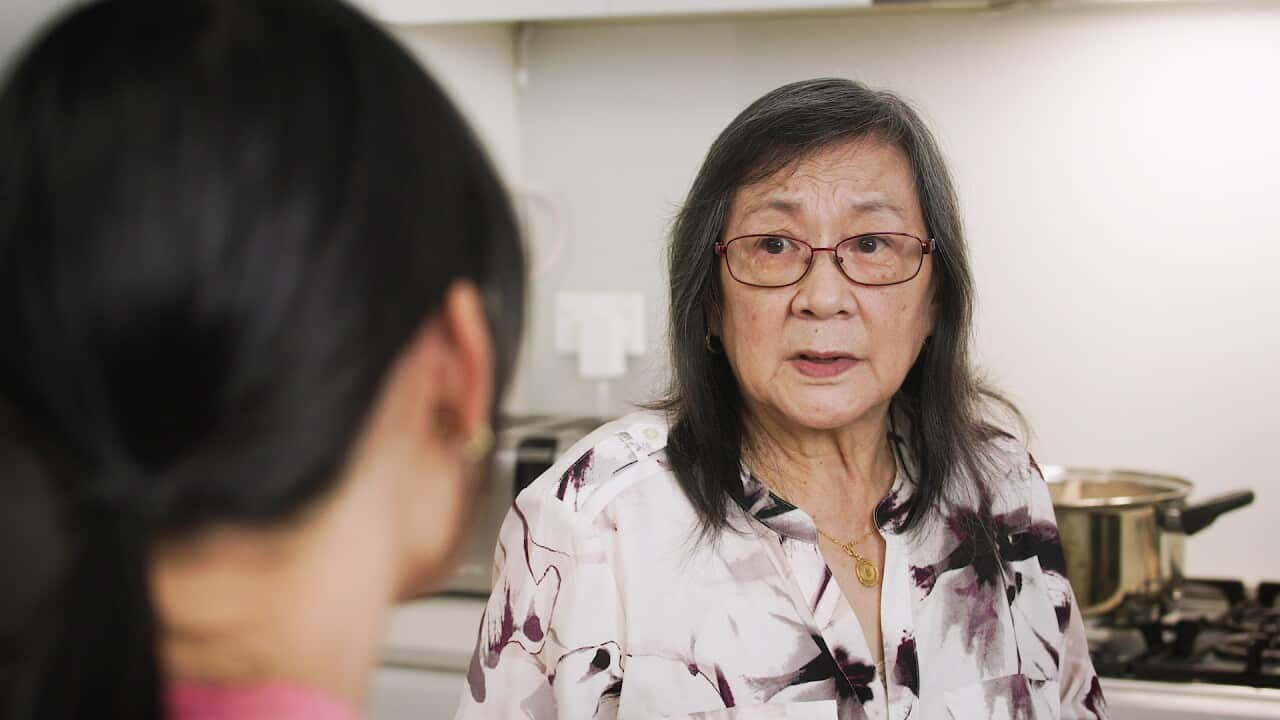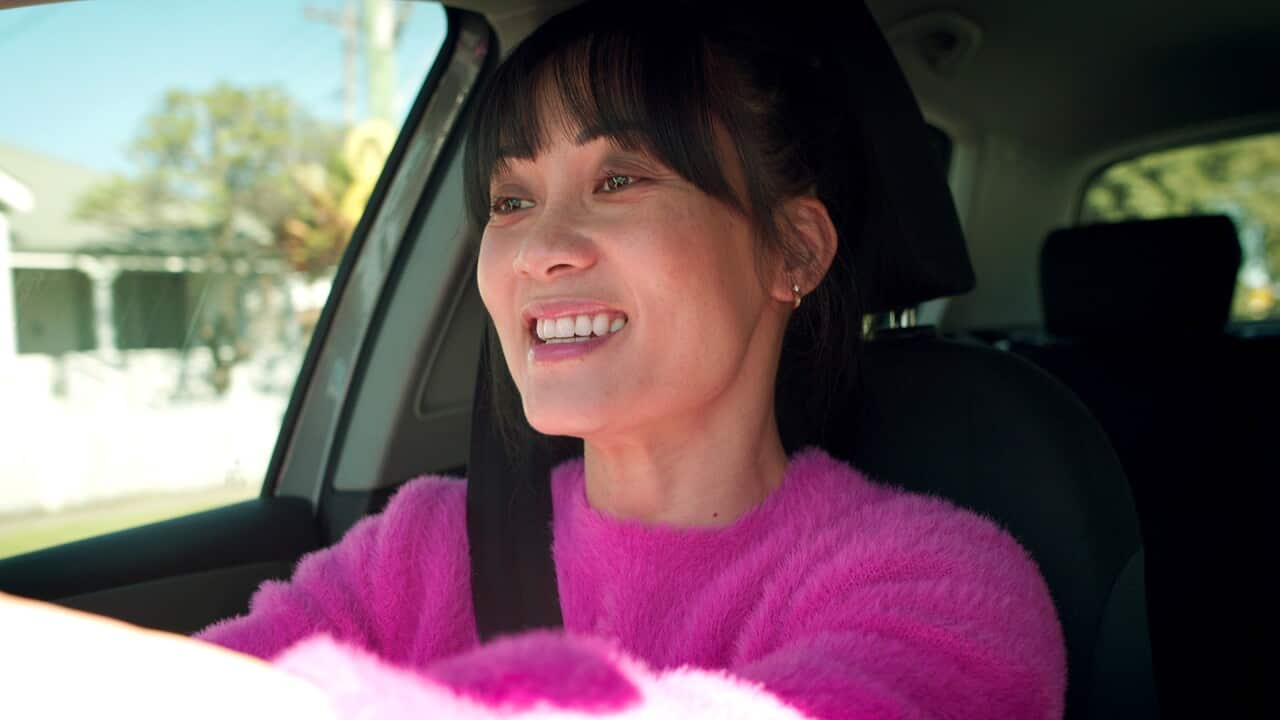Learning notes
Transcript
Melanie:
Hello! Melanie here from the Department of Oz-Speak. Understand an Acknowledgement of Country.
Connie:
I have the privilege of acknowledging the traditional owners of the land on which we learn.
The Bediagal people of the Dharug nation have lived on this land for generations -
Grandma:
The what people of the where?
Grandma has bowls of food for the kids.
Connie:
Thank you Nai Nai...But Mama said we shouldn't make you make us stuff
Grandma:
My grandchildren must eat when working hard.
Are you working hard? Or playing games?
Connie:
No, we're working!
Nicholas:
Yeah, Connie’s practicing for the assembly tomorrow! She was chosen to do the acknowledgement speech.
Grandma:
A what speech?
Connie:
An Acknowledgment of Country! It's a very big deal, right Didi?
Indigenous people have lived in Australia for thousands of years. In order to honour their history and connection to the land, we give a speech called the 'Acknowledgement of Country' during gatherings.
Nicholas:
Like an assembly!
Connie:
The speech should name the specific traditional owners of the land where the gathering is happening, and give respects to them.
Grandma:
There's more than one? How do you know who they are?
Nicholas:
So, there's this really big map! And it's super interesting. It shows all the clans and the countries. There's over five hundred of them!
Grandma:
Five hundred!
Connie:
Yeah of course, Australia's so big! This means they're all different, and everyone has their own languages, beliefs, and customs. Wait!
Grandma:
Hmm, almost as big as China.
Nicholas:
(whispers)
One point to China.
Connie:
Indigenous Australians are the oldest living culture in the world, which is why it's important we acknowledge them during gatherings.
Grandma:
Pfft, it can't be older than China.
Connie:
Even older! Chinese culture is 5000 years old, but Australian First Peoples culture is over seventy thousand years!
Nicholas:
(whispers)
One point to Australia!
Melanie:
This is the map of Indigenous Australia. You can use it to find which country you live on. But don't worry if you don't know where you are.
There are websites that can help you find the Traditional Owners by using your postcode. Now, let's listen to Connie's speech again, and see if you can pick up the name of the Traditional Owners she is acknowledging.
Connie:
Do you want to listen to me practice, Nai Nai?
I have the privilege of acknowledging the Traditional Owners of the land on which we learn. The Bediagal people of the Dharug nation have lived on this land for generations. I want to recognise and honour their contributions, connections and protection of the land. I ask everyone here today to join me in paying our respects to elders past and present, and to all First Nations people here today, including our own classmates.
Nai Nai, what do you think?
Grandma:
I think you need to keep practicing. No cards next time.
Nicholas:
(whispers)
Oof. No points for Connie.
Connie:
Ok, 6 points if I get it right all the way through.
I have the privilege of acknowledging..
Melanie:
Let's review what we've learnt. Connie gave an Acknowledgement of Country, which is a recognition of the Traditional Owners of where you are gathering.
Traditional Owners are Indigenous Australians. You might also say 'Aboriginal and Torres Straight Islander Peoples', or 'First Nations' or 'First Peoples'.
First Peoples value their elders, who know a lot about their history and culture.
Now you know what it means when you hear an Acknowledgement of Country. If you're ever having a gathering of your own, you can write one. Pay your respects to the Traditional Owners of where you are.
END
Watch with subtitles
Select your language using the subtitles settings in the video below.
Credits
Produced by SBS with assistance by
Video production company: Studio Gilay
Director: James Hackett
Educational consultant: Natalie Oostergo - International Education Services
Related articles

What does Welcome to Country mean?







